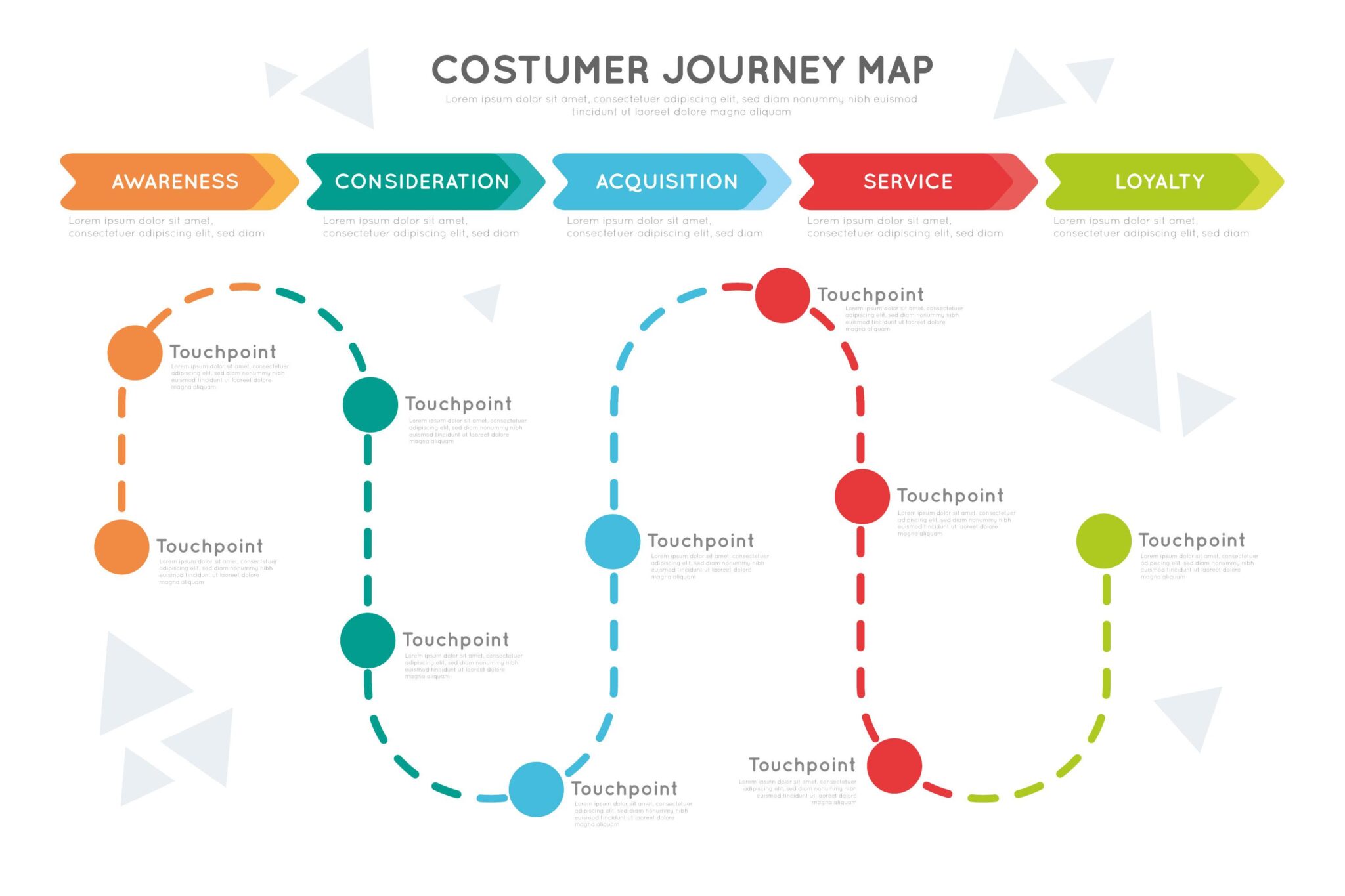User Journey
What is User Journey?
Definition:
“User Journey” refers to the sum of interactions and experiences that a user undergoes while engaging with a product, service, or system. It encompasses every touchpoint, from the initial discovery to the final interaction, mapping out the steps a user takes to achieve their goals. Understanding the user journey is crucial for businesses and designers to optimize and enhance the overall user experience.
Analogy:
Imagine the user journey as a road trip. From the moment a user decides to embark on a journey (initiating interaction) to reaching their destination (fulfilling their goal), each stop and detour represents a touchpoint in the user journey. Just as a well-planned road trip ensures a smooth and enjoyable experience, mapping and optimizing the user journey result in a satisfying user experience.
Further Description:
User journeys can vary across different products and services but typically follow a similar structure:
Awareness: The user becomes aware of the product or service through marketing, word of mouth, or other channels.
Consideration: The user explores and evaluates the offering, comparing it with alternatives to determine its suitability.
Acquisition: The user decides to engage with the product or service, making a purchase or signing up.
Onboarding: The user is introduced to the features and functionality of the product or service, getting started with the initial setup.
Engagement: The user actively uses the product or service, interacting with its various elements to meet their needs.
Retention: The product or service works to keep the user engaged and satisfied, encouraging them to continue their journey.
Advocacy: Satisfied users become advocates, sharing positive experiences with others and potentially influencing new users.
User journey optimization involves analyzing each phase to identify pain points, improve user interactions, and enhance overall satisfaction. This can include refining onboarding processes, streamlining navigation, and addressing user feedback.
Why is User Journey Important?
Enhanced User Satisfaction: Understanding the user journey allows businesses to identify and address pain points, resulting in a more satisfying experience for users.
Improved Conversion Rates: Optimizing the user journey can lead to increased conversions as users smoothly progress from awareness to acquisition.
Customer Loyalty: A positive user journey contributes to customer loyalty, encouraging repeat engagements and fostering a long-term relationship.
Effective Design: Designing with the user journey in mind ensures that products and services align with user needs and expectations.
Examples and Usage:
Amazon’s User Journey: From product discovery and easy ordering to efficient delivery tracking, Amazon’s user journey focuses on seamless experiences, contributing to its success.
Uber’s User Journey: Uber’s app guides users effortlessly through the journey, from requesting a ride to real-time tracking and cashless transactions, optimizing the overall experience.
Netflix’s User Journey: Netflix’s user journey includes personalized content recommendations, easy navigation, and a smooth streaming experience, keeping users engaged and satisfied.
Key Takeaways:
- User journey refers to the complete set of interactions a user has with a product or service, from awareness to advocacy.
- Analyzing and optimizing the user journey is crucial for enhancing user satisfaction, improving conversion rates, and fostering customer loyalty.
- The user journey typically includes awareness, consideration, acquisition, onboarding, engagement, retention, and advocacy.
- Successful companies like Amazon, Uber, and Netflix prioritize and optimize the user journey, contributing to their overall success.
Table of Contents





